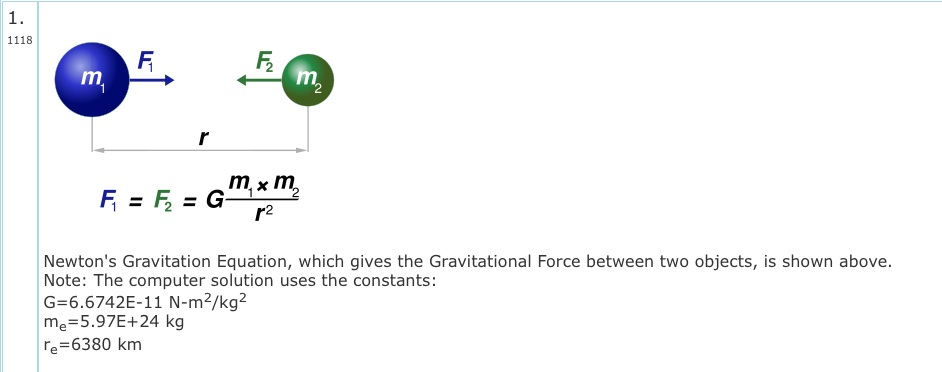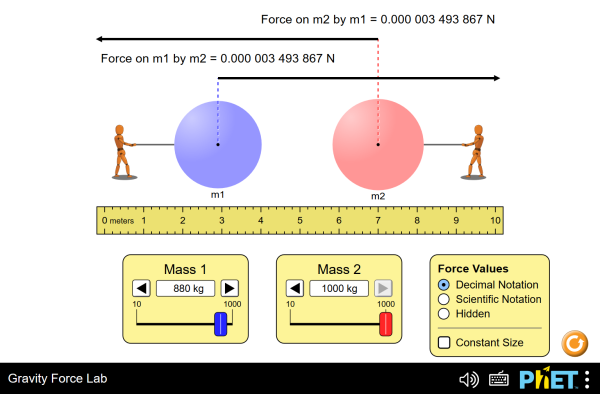Gravitational mass measures how much gravity an object exerts on other objects or how much gravity the object experiences from another object

Gravitational Mass: Understanding the Force of Gravity

Gravity, the force that governs the motion of celestial bodies and influences our daily lives, is a phenomenon that has fascinated human beings for centuries. From the apple that fell on Sir Isaac Newton’s head to the groundbreaking theories of Albert Einstein, gravity remains an integral part of our understanding of the universe.
One of the fundamental concepts related to gravity is gravitational mass. Gravitational mass measures how much gravity an object exerts on other objects or how much gravity the object experiences from another object. In simpler terms, it quantifies the strength of the gravitational pull an object possesses.
To better grasp the notion of gravitational mass, let’s take a closer look at its definition and significance within the realm of physics.
What is Gravitational Mass?
Gravitational mass is a property of matter that determines the strength of the gravitational force it exerts or experiences. This concept is closely related to inertial mass, which quantifies how resistant an object is to changes in its state of motion.
According to Newton’s Law of Universal Gravitation, every object in the universe attracts every other object with a force that is directly proportional to the product of their masses and inversely proportional to the square of the distance between them.
The gravitational mass of an object plays a crucial role in this equation, as the force of gravity depends on it. The larger the gravitational mass, the stronger the gravitational pull.
Understanding the Gravitational Force

To illustrate the concept of gravitational mass, let’s consider an example using two objects: a small ball and a large rock. The small ball has a lower gravitational mass compared to the large rock. As a result, the gravitational force exerted by the large rock on the small ball is greater than the force exerted by the small ball on the rock.
This fundamental principle explains why objects fall towards the Earth and why planets orbit around the Sun. The gravitational force between two objects is directly proportional to their masses, which means that larger objects have a greater influence.
A gravitational field is created by objects with mass, such as stars, planets, and even everyday objects. This field permeates space and affects any object within its reach. The extent of gravitational influence depends on the mass of the object creating the field.
Applications and Significance
Understanding gravitational mass has profound implications in various scientific fields. From astronomy to engineering, this concept plays a pivotal role in shaping our understanding and technological advancements.
In astronomy, gravitational mass is crucial for predicting celestial motions and understanding the behavior of celestial objects. It allows astronomers to calculate the forces between planets, stars, and galaxies, enabling us to comprehend the dynamics of the universe.
Moreover, gravitational mass is of utmost importance in space missions and satellite technologies. Precise measurements of gravitational forces help in orbital calculations, spacecraft propulsion, and even mapping gravitational anomalies on Earth.
On a more practical level, our daily interactions with gravity, such as objects falling to the ground or our own ability to walk, are a result of the gravitational mass of Earth. This force keeps us grounded and influences the dynamics of objects in our immediate surroundings.
In conclusion, gravitational mass not only measures the strength of gravity, but it also forms the basis for our understanding of the universe. From fundamental physics to practical applications, this concept is intertwined with every aspect of our lives. By comprehending gravitational mass, we unlock the secrets of celestial bodies and pave the way for technological advancements that shape our world.
(Note: The information in this article is based on the knowledge available at the time of writing. For more detailed and accurate information, please refer to reliable scientific sources.)
Tags
Share
Table Of Contents
Related Posts
Quick Links
Legal Stuff

